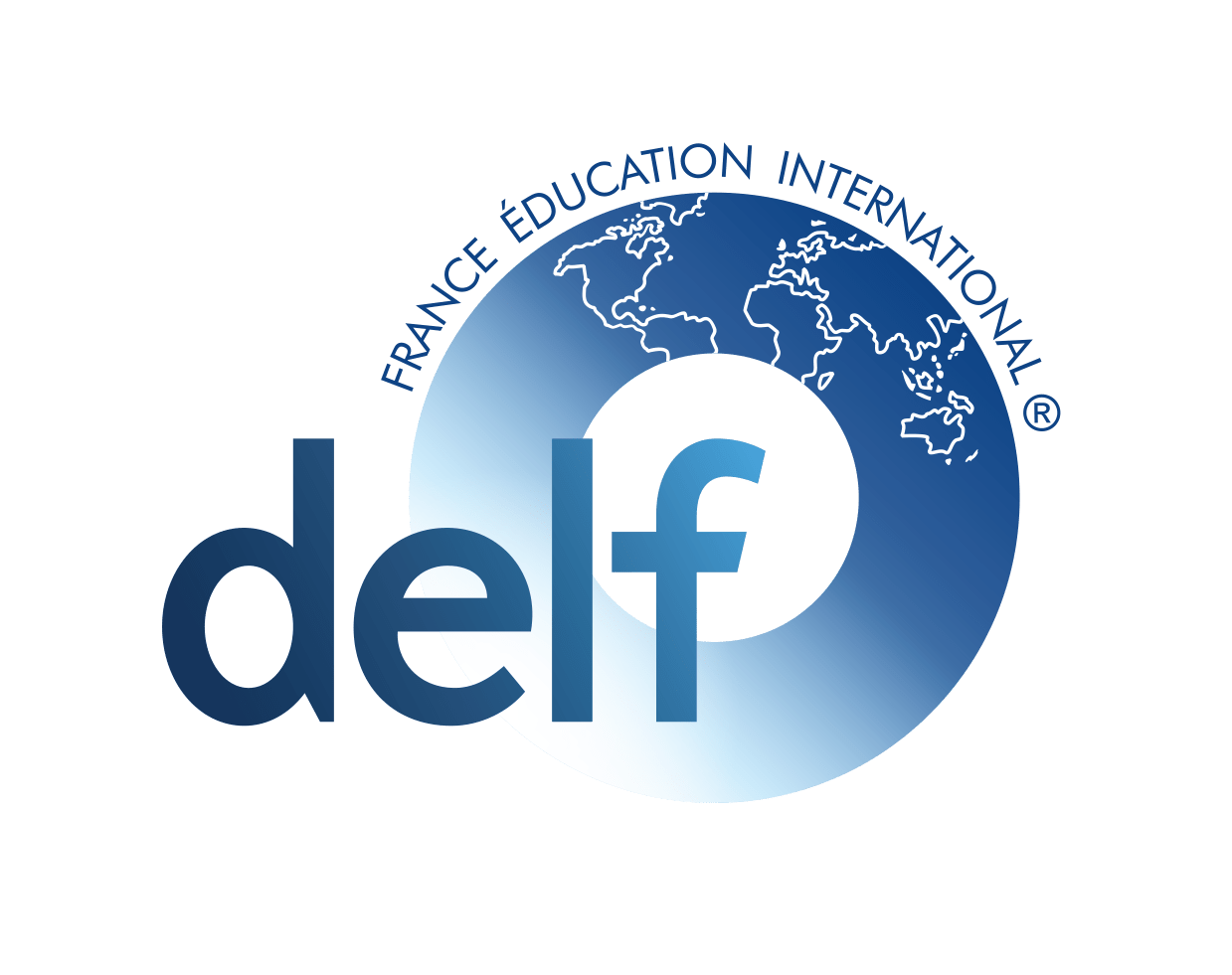Middle Ages Art Project in Primary ⚔️🎨
Considering that the cultural week was focused this year on the Middle Ages and the relevant contribution of this period to our artistic heritage, all our students in Primary were immersed in an artistic project to experience different medieval art forms for some weeks. The purpose, from the plastic arts perspective, was to offer them a hands-on learning experience through design, creation and reflection about the artistic work.
In year 1, they approached the gothic stained-glass windows where the light and colour played a relevant role. Our students experienced these aspects by using cellophane paper in different primary and secondary colours and saw how it coloured the room. To foster their skills, after analysing geometric shapes in real stained-glass windows, they cut shapes out from black cardboard and pasted the cellophane papers imitating these works. With their fingertips and white tint, they tried to simulate the stone that surrounded the colourful glasses. At the end, during the cultural week, they painted our Art room window with quadrilateral shapes and primary and secondary colours, and simple glass window motifs with watercolours.
Smiths and goldsmiths were important in a period of constant wars. In this way, our year 2 students became artisans for some weeks, designing and creating their own medieval knives and swords. Not only did they use different materials in their 3D creations, but they also had to work with the line and proportion in their previous designs. The different results reflected their personal aesthetic likes and creative skills. During the cultural week they also approached the damascening of Toledo by watching a real craftsman working (video) and by designing their own works with yellow pencil over black paper.
Year 3 students learned about Tapestry which had both aesthetic and narrative relevance in the Middle Ages due to the spreaded analphabetism. After working with a modern narrative image, the comic, they then needed to invent, design and create in teams a story in a piece of Tapestry based on the idea “People in the Middle Ages looking at the sky”. As the technique implied our students used collage, fabrics as the material and geometric shapes as form. Once this activity was finished, to make the experience and learning more meaningful they used technology to create their own digital Tapestries based on the Bayeux ones.
Taking advantage of the fact that they were studying the forces of the universe in Science, and considering that in the Middle Ages they still have doubts and imaginary theories about the sky, our Year 4 students experienced the stencil technique and explored their imagination. At first, with circle geometric stencils, they created imaginary universes and, after that, invented their own constellations following the examples of Beda Venerabilis and the Vienna Manuscript (1440).
The fact that in year 5 they would work the Middle Ages in Science allowed us to develop a more meaningful experience. The project started with a virtual tour in the Alhambra analysing different andalusi patterns. Then, it was time to design their own geometric patterns repeating simple shapes with a grid, and alternating cool and warm colours to create contrast. Once they finished experimenting with our arab heritage, they met Jan Van Eyck and his photographic view of the art. After comparing the textures and shapes of some of his works with the previous period, year 5 students recreated in 3D the textures of the clothes of the most relevant portraits of the artist, using a mixed technique of collage with toilet paper and watercolour.
In a certain moment of the middle ages (XI-XIII c.) the knights and relevant people started to include symbols and elements in their coat of arms as a means of distinction. To experience the creative process of designing, our year 6 students designed since January their own Coats of arms using a geometric pattern in the background, the colour and elements symbology and cool and warm colour ranges. The flower was a common element in all their designs since it meant royalty and we want them to feel relevant. To make this element, they also needed to use the compass: an important and precise instrument used in the Middle Ages. Once finished the designs, they brought them to fruition exploring different materials and techniques such as engraving and painting on foil.
All the art works were exhibited in a castle to make our students aware not only of the importance of museums and the rich variety of art forms this period left us, but also of the importance of their own artistic creations.
Jessica Sierra
Primary Art Teacher
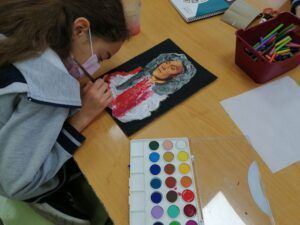
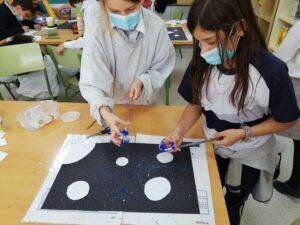
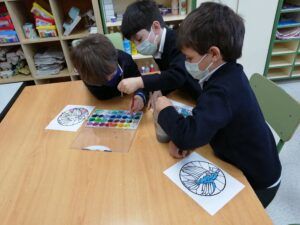

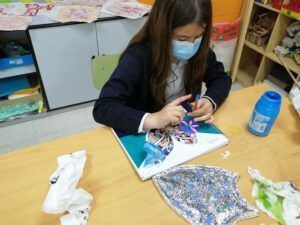
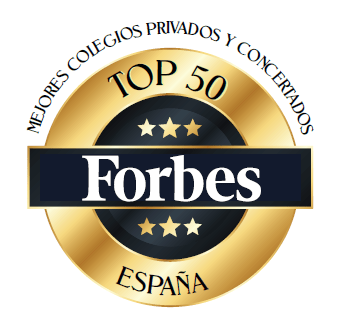
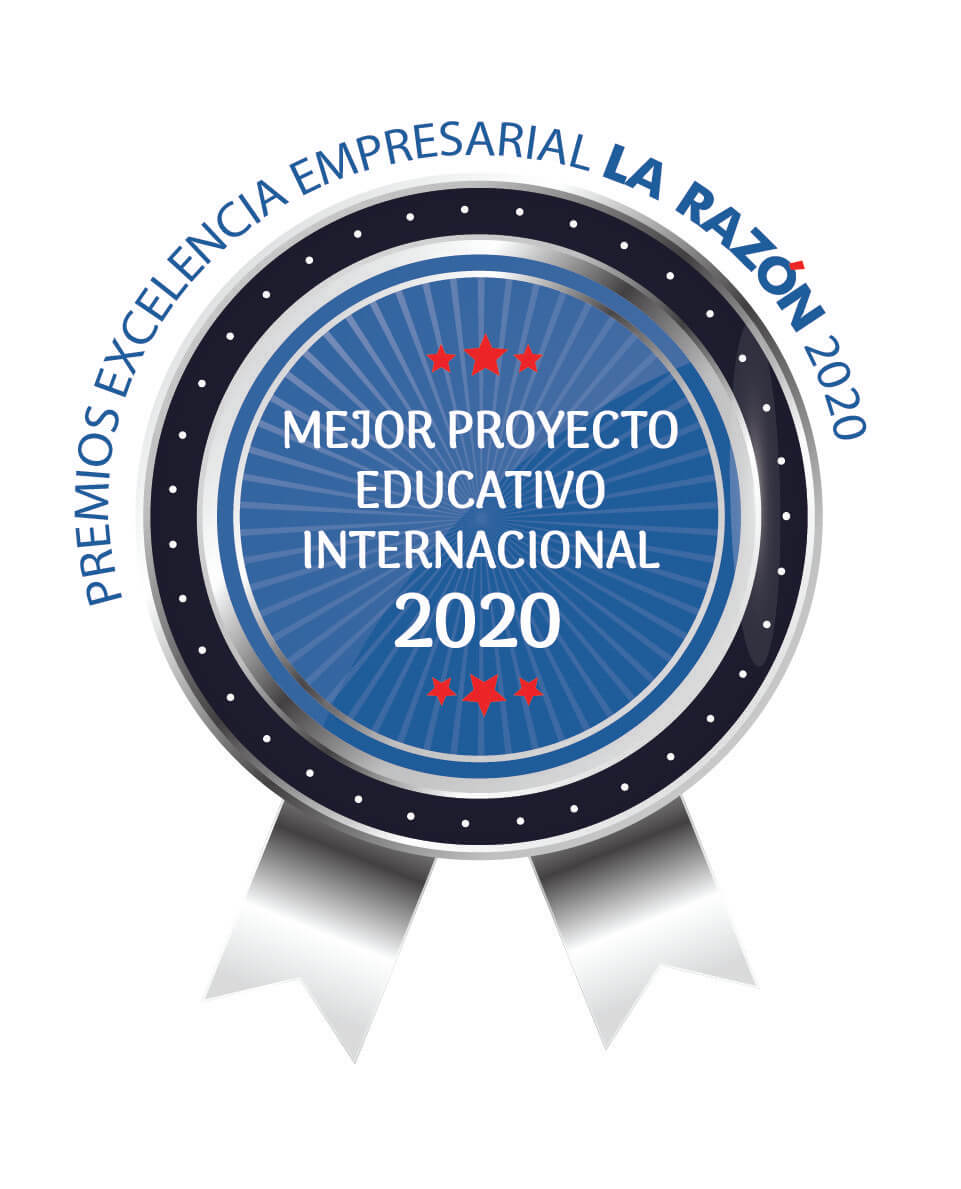




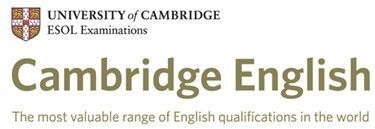


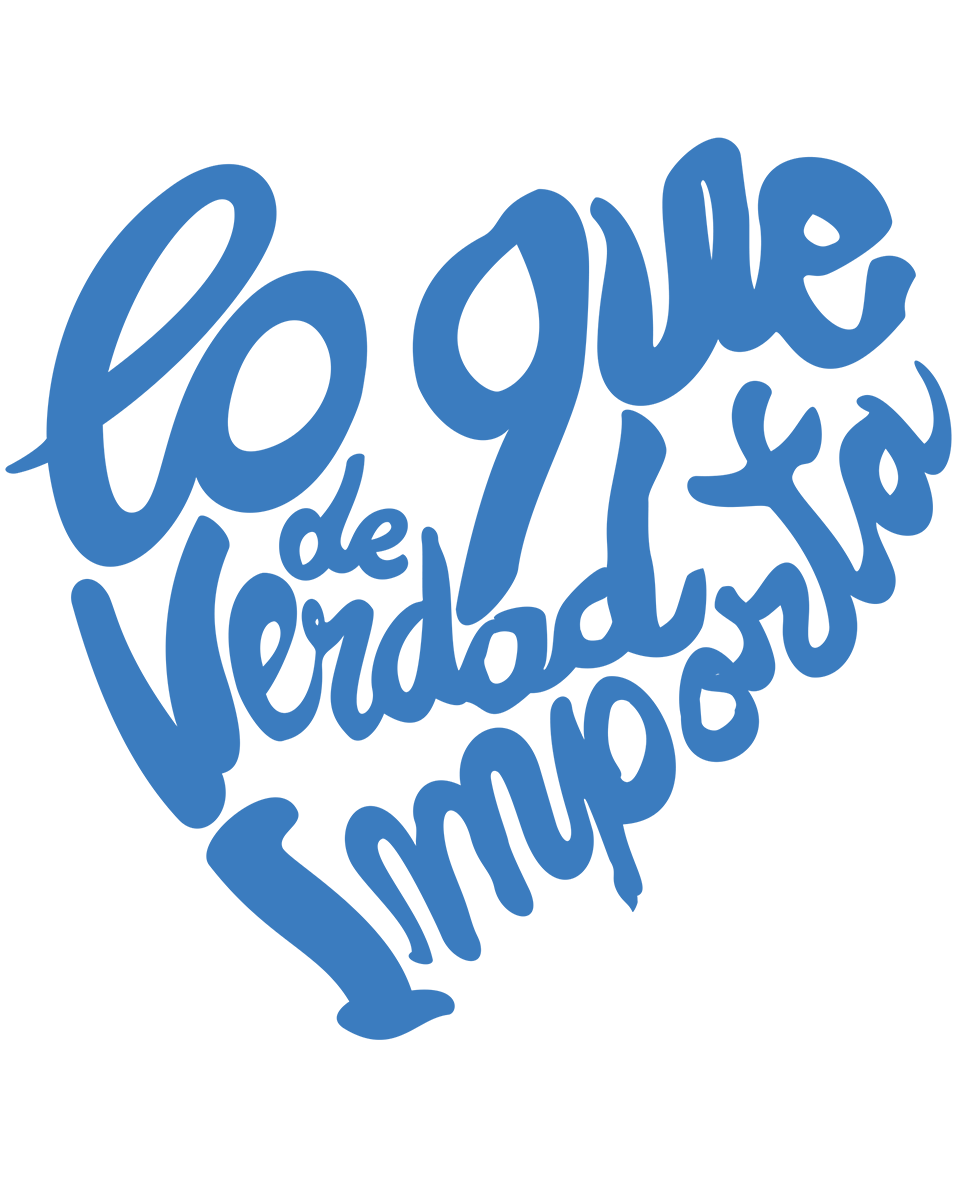
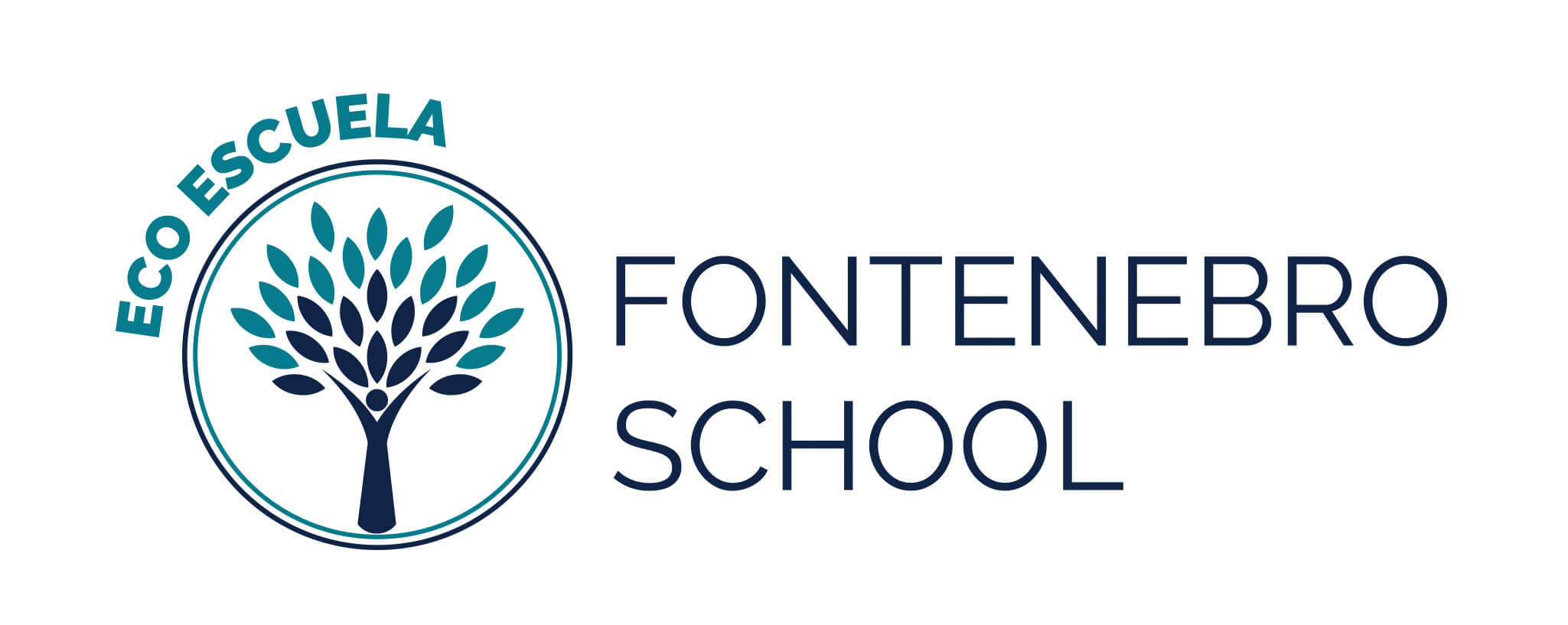
![BAPParentLogo[5]](https://fontenebroschool.com/wp-content/uploads/2020/09/BAPParentLogo5.png)
